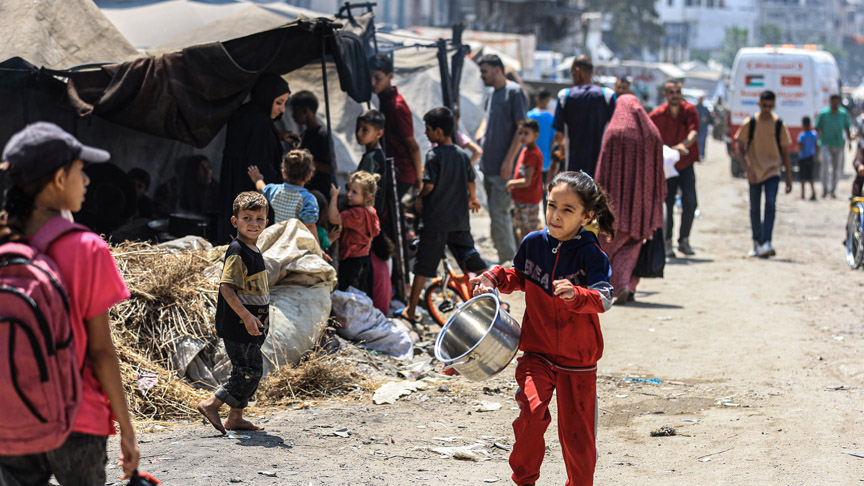
Nadine Osman
The number of forcibly displaced people worldwide reached 122.1 million by April 2025, according to the latest UNHCR Global Trends Report released on June 12. This figure represents the highest level recorded in a decade and reflects a steady increase over the past ten years, driven by ongoing conflict, violence, and persecution. Of those displaced, 73.5 million are internally displaced persons (IDPs) who remain within their own countries—an increase of 6.3 million compared to the previous year—while 42.7 million have crossed international borders as refugees.
Sudan has surpassed Syria to become the country with the largest displacement situation, with a combined total of 14.3 million refugees and IDPs. Afghanistan follows with 10.3 million displaced people, and Ukraine accounts for 8.8 million. The crisis disproportionately affects developing nations, as 67 percent of refugees live in neighbouring countries and 73 percent reside in low- and middle-income nations. Additionally, 60 percent of displaced people remain internally displaced, placing significant strain on countries often lacking the necessary infrastructure and resources to support large, displaced populations.
Despite the rising number of displaced individuals, UNHCR funding has remained roughly at 2015 levels. The organisation reports significant cuts to humanitarian aid, which hinder efforts to provide adequate assistance to refugees and IDPs. UN High Commissioner for Refugees Filippo Grandi emphasised the volatility of the current global landscape and the urgent need for renewed international commitment to peace and durable solutions.
In 2024, 9.8 million displaced people returned to their homes, including 1.6 million refugees—the highest number recorded in over two decades—and 8.2 million IDPs, the second-highest figure on record. However, return movements often coincide with new displacements, as seen in countries such as Afghanistan, the Democratic Republic of Congo, Myanmar, and South Sudan, where ongoing instability continues to force people from their homes.
Photo: Palestinian children shelter in makeshift tents along Gaza City roadsides on June 16, 2025, amid severe displacement and humanitarian crisis caused by over 20 months of Israeli attacks. (Credit: Dawoud Abo Alkas/AA)